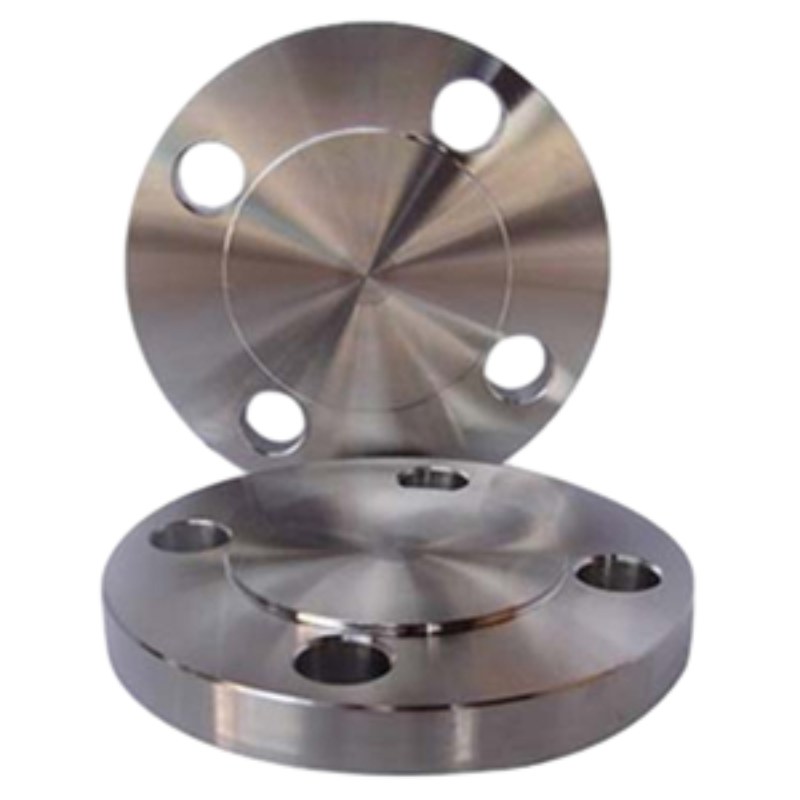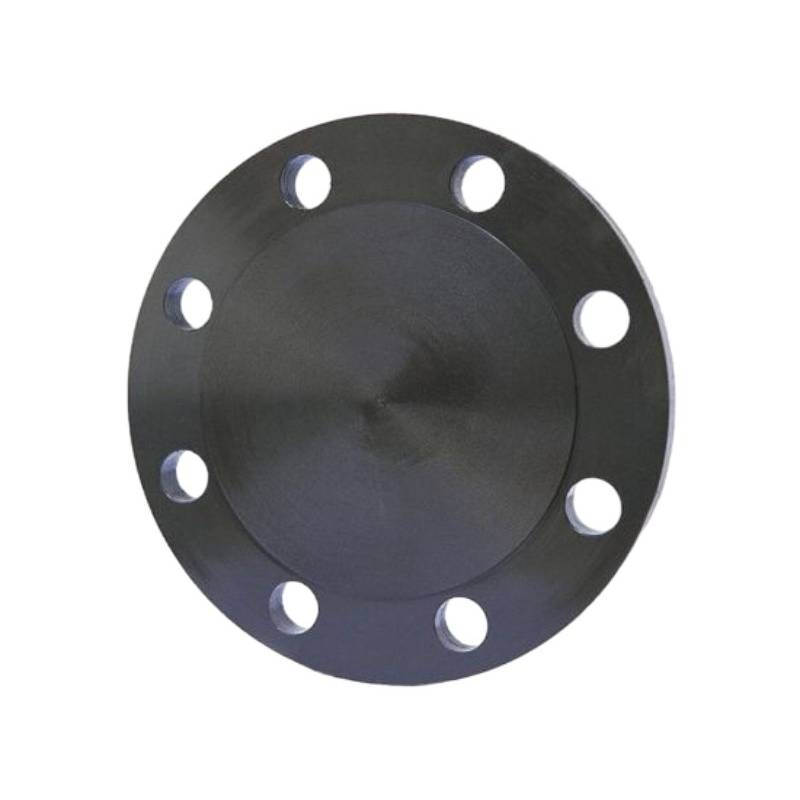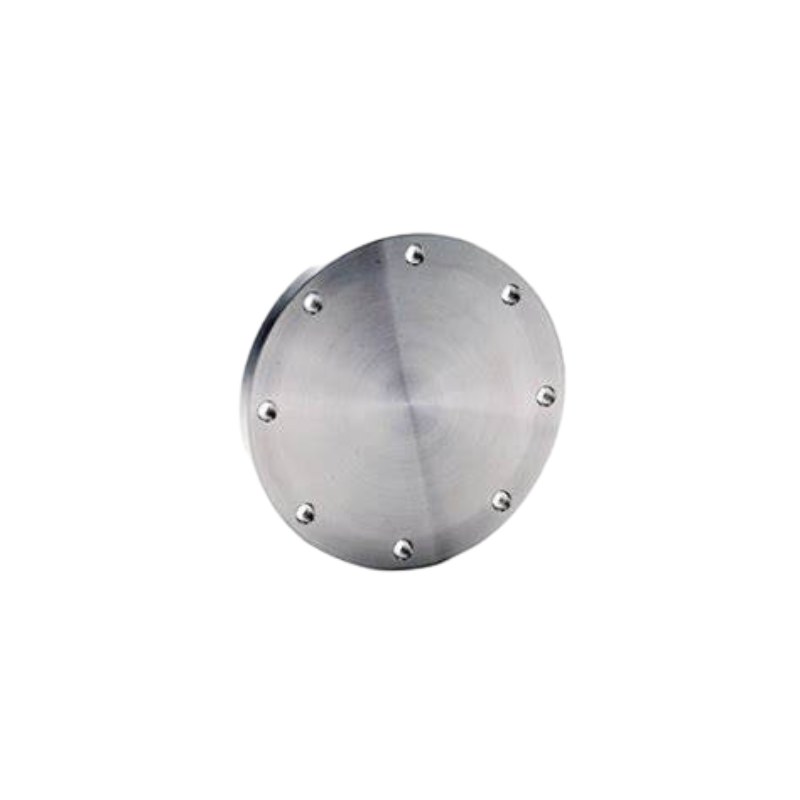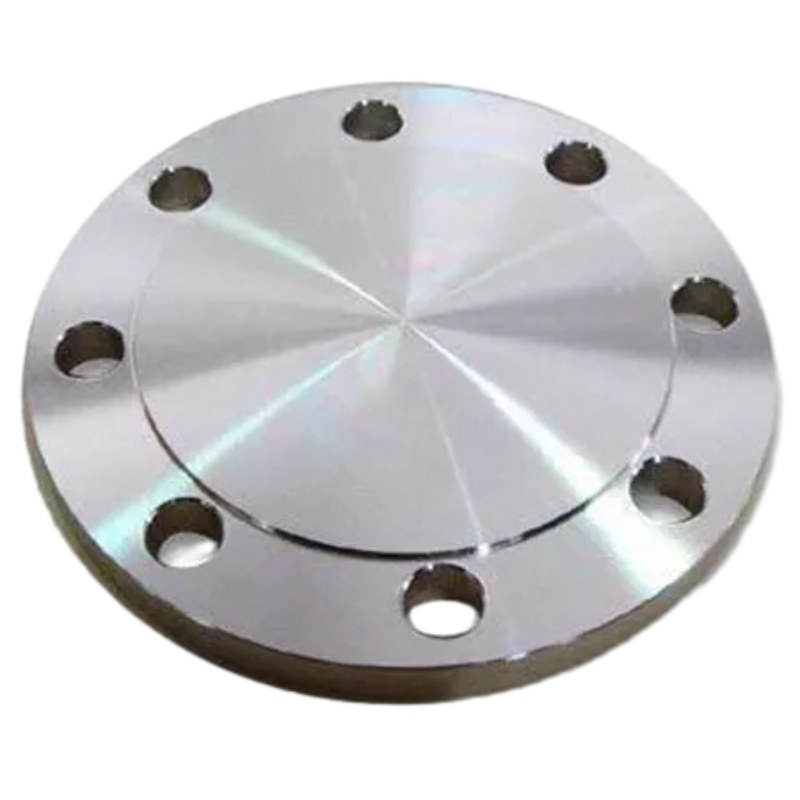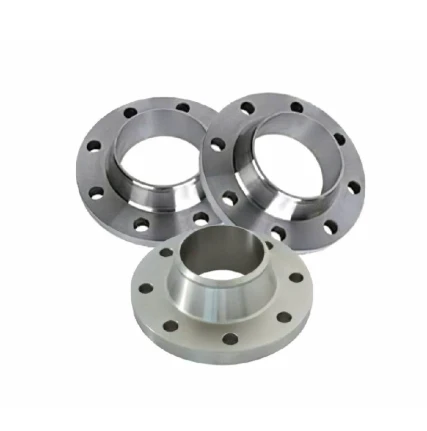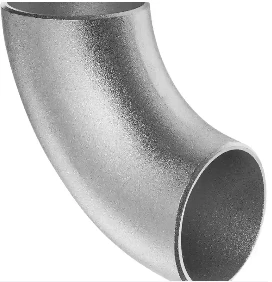-
Diseinu sendoa: GOST 12836-67 Blind Flange-k plaka laua eta zirkularra dauka, perimetroan zehar uniformeki banatutako torloju-zuloekin. Diseinu honek erraz lerrokatzea eta torloju-bridari lotzea ahalbidetzen du, hoditeria-sistemetarako itxiera-irtenbide sendoa eta egonkorra eskainiz.
-
Zigilatze segurua: Hodi baten amaieran instalatzen denean, GOST 12836-67 Blind Flange-ren aurpegi lauak zigilu estua sortzen du, fluidoen ihesak saihestuz eta hodi-sistemaren osotasuna mantenduz. Zigilatze-gaitasun seguru honek errendimendu eta segurtasun ezin hobea bermatzen du, nahiz eta muturreko funtzionamendu-baldintzetan.
-
Aplikazio polifazetikoa: Petrolio- eta gas-findegietatik hasi eta prozesatzeko planta kimikoetara eta ura banatzeko sareetara, GOST 12836-67 Blind Flanges-ek aplikazio polifazetikoa aurkitzen dute hainbat industriatan. Isolamendu, presio probak edo behin-behineko itxierak egiteko erabiltzen diren ala ez, brida hauek fidagarritasuna eta iraunkortasuna eskaintzen dute hoditeria-sistema kritikoetan.
-
Eraikuntza iraunkorra: Karbono altzairua, altzairu herdoilgaitza edo aleazio altzairua bezalako kalitate handiko materialez eraikita, GOST 12836-67 Blind Flangesek aparteko indarra eta iraunkortasuna erakusten ditu. Funtzionamendu-baldintza gogorrak jasateko diseinatuta daude, ingurune korrosiboak, tenperatura altuak eta presio bizia barne, epe luzerako errendimendua eta fidagarritasuna bermatuz.
-
Doitasun Ingeniaritza: GOST 12836-67 Blind Flangek doitasuneko mekanizazio eta ingeniaritza prozesuak jasaten dituzte dimentsio-perdoia zorrotzak eta gainazaleko akabera eskakizunak betetzeko. Zehaztasun horrek beste brida estandar batzuekin bateragarritasuna eta trukagarritasuna bermatzen ditu, hoditeria-sistemetan integrazioa erraztuz eta ihesak edo hutsegiteen arriskua gutxituz.
-
Instalatzeko erraztasuna: GOST 12836-67 Blind Flanges instalatzea eraginkorra eta erraza da, lerrokadura sinplea eta hodiaren amaieran torlojua behar du. Haien dimentsio eta diseinu estandarizatuek lehendik dauden hodi-sareetan erraz integratzen dute, instalazio-denbora eta eskulan-kostuak gutxituz.
Ezaugarri nagusiak:
- Diseinu sendoa itxiera segururako
- Zigilatze segurua aurpegi lauaren diseinuarekin
- Aplikazio polifazetikoa industria guztietan
- Eraikuntza iraunkorra epe luzerako errendimendurako
- Doitasun ingeniaritza tolerantzia estuetarako
- Instalatzeko erraztasuna lerrokatzea eta torloju sinplearekin
Material Selection for GOST 12836-67 Blind Flanges: What You Need to Know
When it comes to GOST 12836-67 blind flanges, selecting the appropriate material is crucial for ensuring functionality, safety, and longevity in various applications. GOST standards, established by the Euro-Asian Council for Standardization, Metrology and Certification, guide the specification of materials to maintain the integrity of piping systems.
Key Considerations for Material Selection:
1. Corrosion Resistance: One of the primary factors in choosing a material for GOST blind flanges is its ability to resist corrosion. Stainless steel (such as 304, and 316) is a popular choice due to its excellent resistance to oxidizing environments. For applications involving aggressive chemicals, alloys like Inconel or Monel are often considered.
2. Pressure and Temperature Rating: GOST blind flanges need to be rated for the specific pressure and temperature conditions they will face. Material selection must align with the service conditions to avoid failure. For high-pressure applications, carbon steel flanges can be suitable, provided they are properly treated or coated.
3. Weldability and Machinability: Depending on installation requirements, the selected material should offer appropriate weldability and machinability. If modifications or on-site fabrication are necessary, choosing materials that can be easily welded is essential.
4. Standards Compliance: Ensure that the materials selected comply with all relevant GOST standards. This not only guarantees quality but also maintains compatibility within the piping system.
5. Cost-effectiveness: While material selection should prioritize performance and safety, cost considerations also play a significant role, especially in large-scale projects. Finding a balance between budget and quality is essential.
Differences Between GOST 12836-67 Blind Flange and Other Flange Standards
When comparing the GOST 12836-67 blind flange with other flange standards, several key differences emerge that reflect the unique characteristics and applications of the Russian standard. The GOST (Gosudarstvennyy Standart) system is a set of regulations and guidelines that govern various industrial products, including blind flanges, which are used to seal off piping systems.
One of the primary differences lies in the dimension and pressure rating classifications. GOST 12836-67 blind flanges are specifically designed according to Russian specifications, with dimensions that may differ significantly from those outlined in ANSI, ASME, or ISO standards. For instance, while ANSI/ASME flanges are typically categorized into nominal pipe sizes (NPS) and pressure classes, GOST flanges feature a unique set of sizes and pressure ratings, making it essential for engineers to select the appropriate type based on regional standards.
Another notable difference is the material composition. The GOST standard emphasizes the use of specific materials that are suited for the harsh Russian climate and industrial requirements. While common materials such as carbon steel and stainless steel are also used in other standards, GOST may specify additional material grades to accommodate unique environmental challenges, including extreme temperatures and corrosive conditions.
Additionally, the manufacturing and testing processes for GOST 12836-67 blind flanges are subject to local industry regulations, which might include stricter quality assurance protocols compared to other international standards. This ensures that the flanges not only meet dimensional specifications but also effectively withstand the pressures and temperatures expected in typical applications within Russia.
In summary, while GOST 12836-67 blind flanges share similarities with other flange standards, their unique dimensions, material requirements, and quality assurance processes set them apart. Understanding these differences is crucial for engineers and designers when selecting flanges for specific applications in diverse geographical locations.






